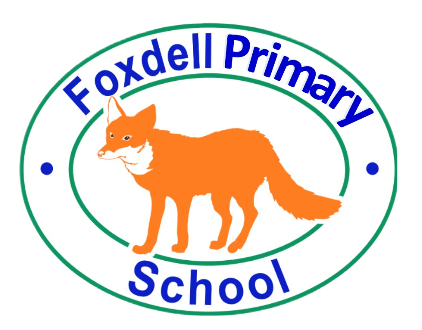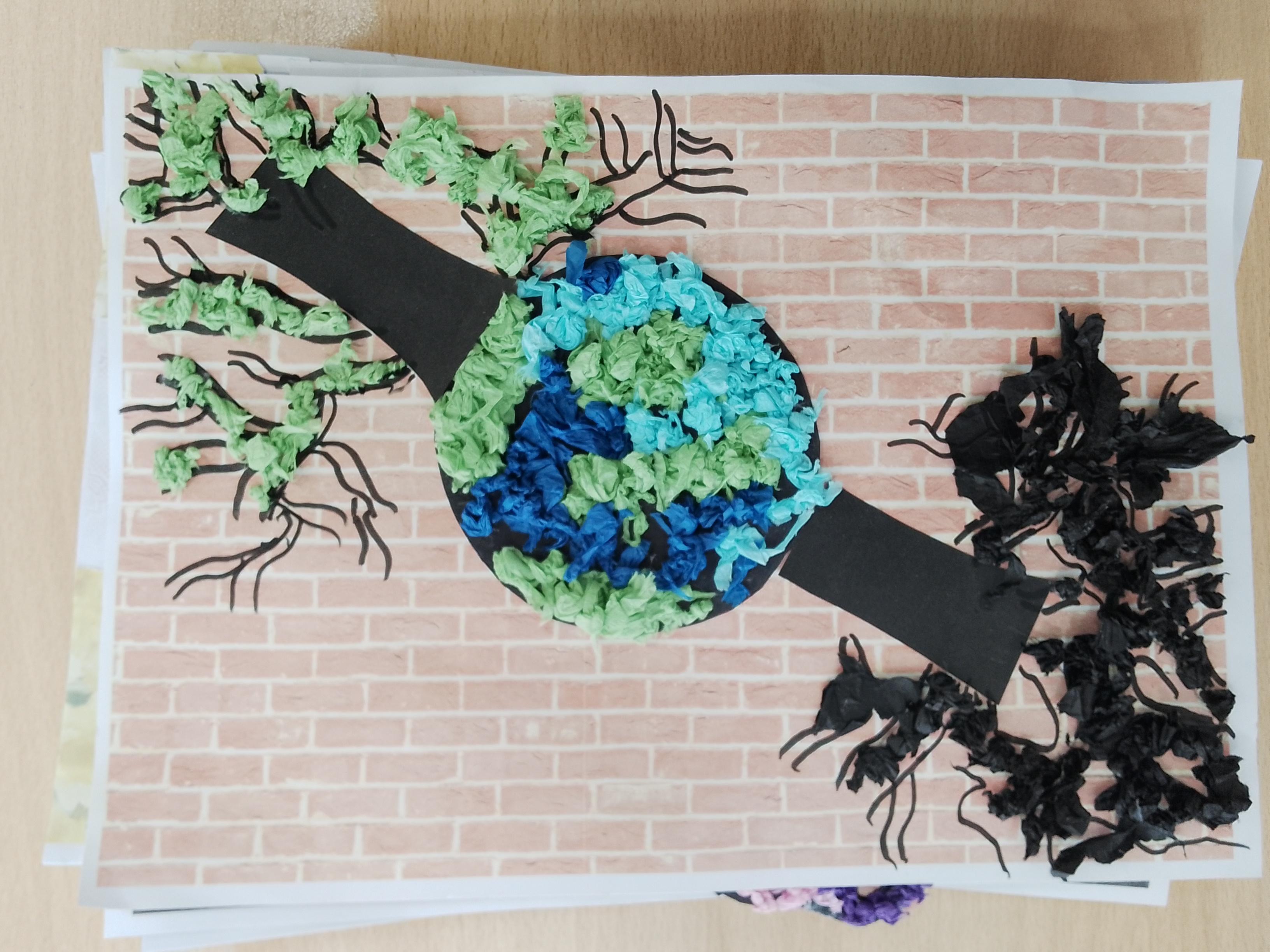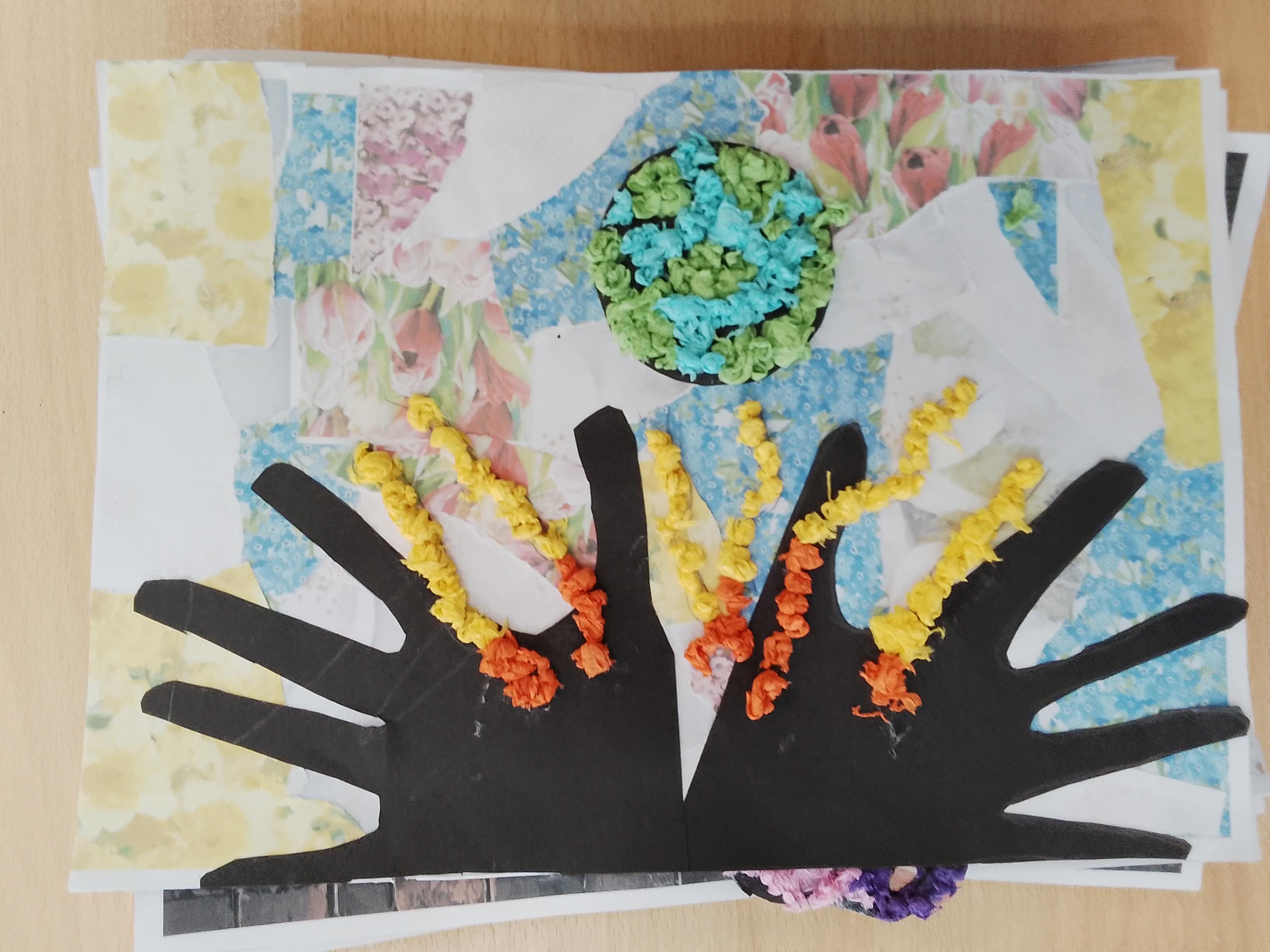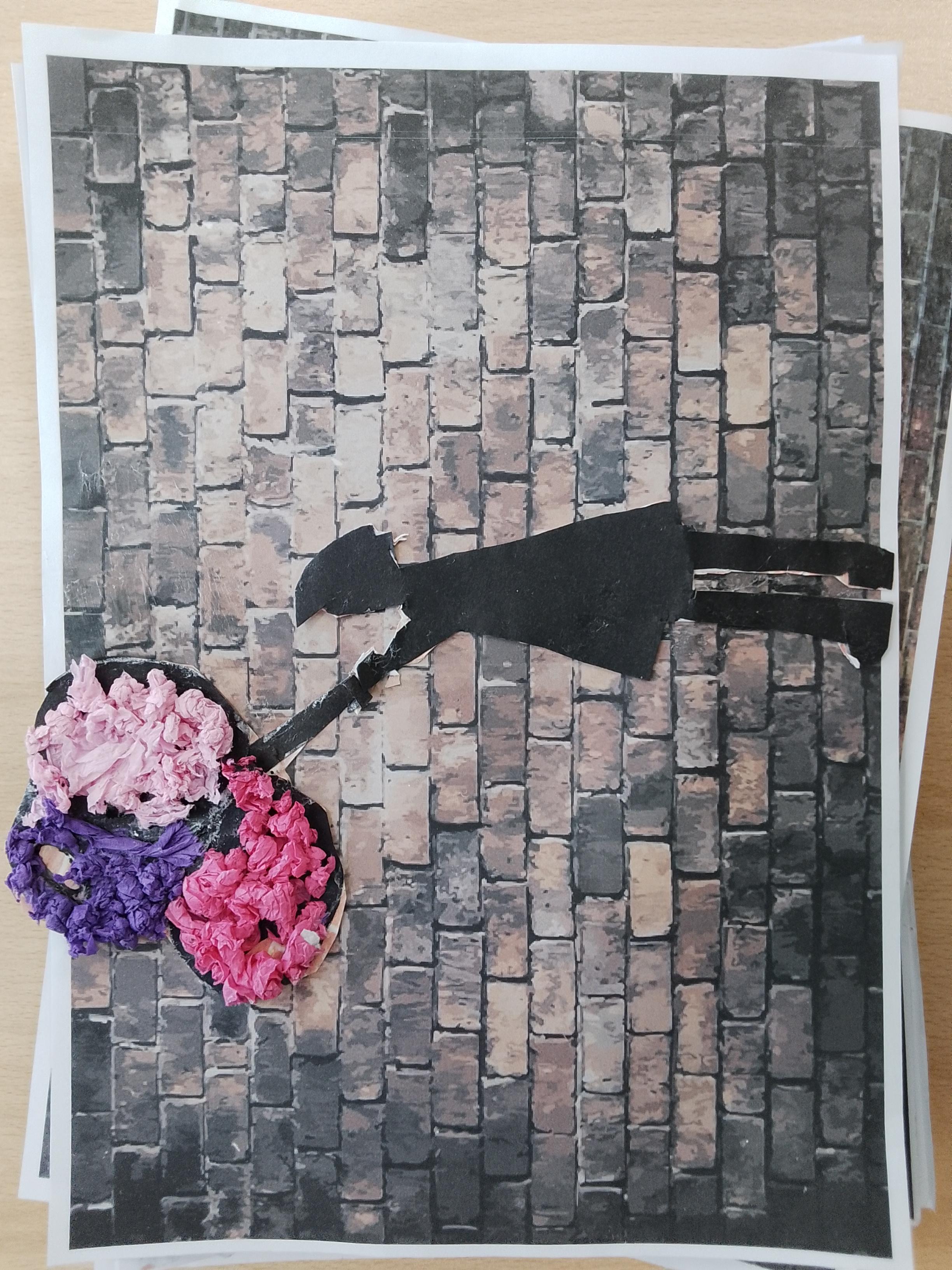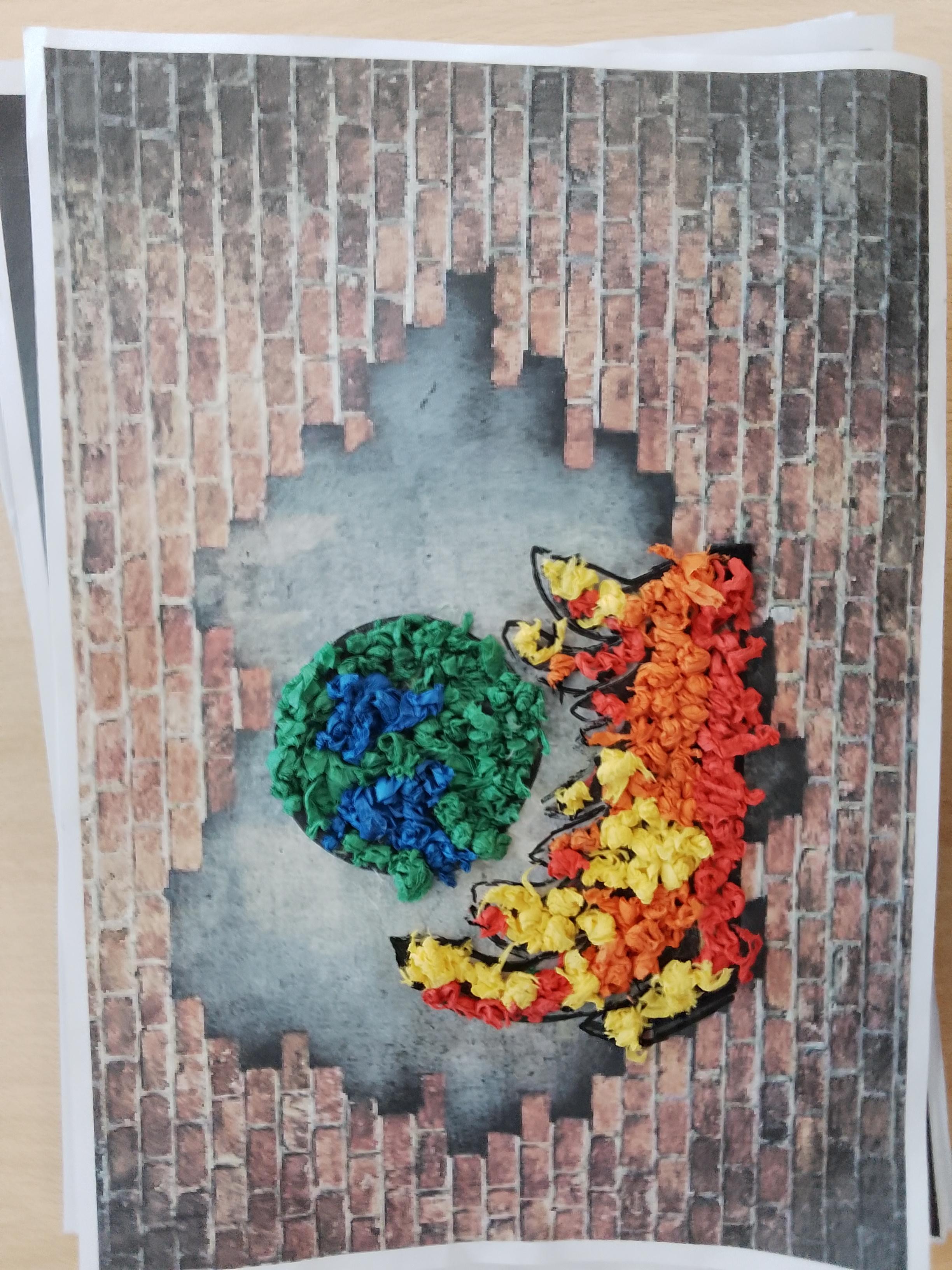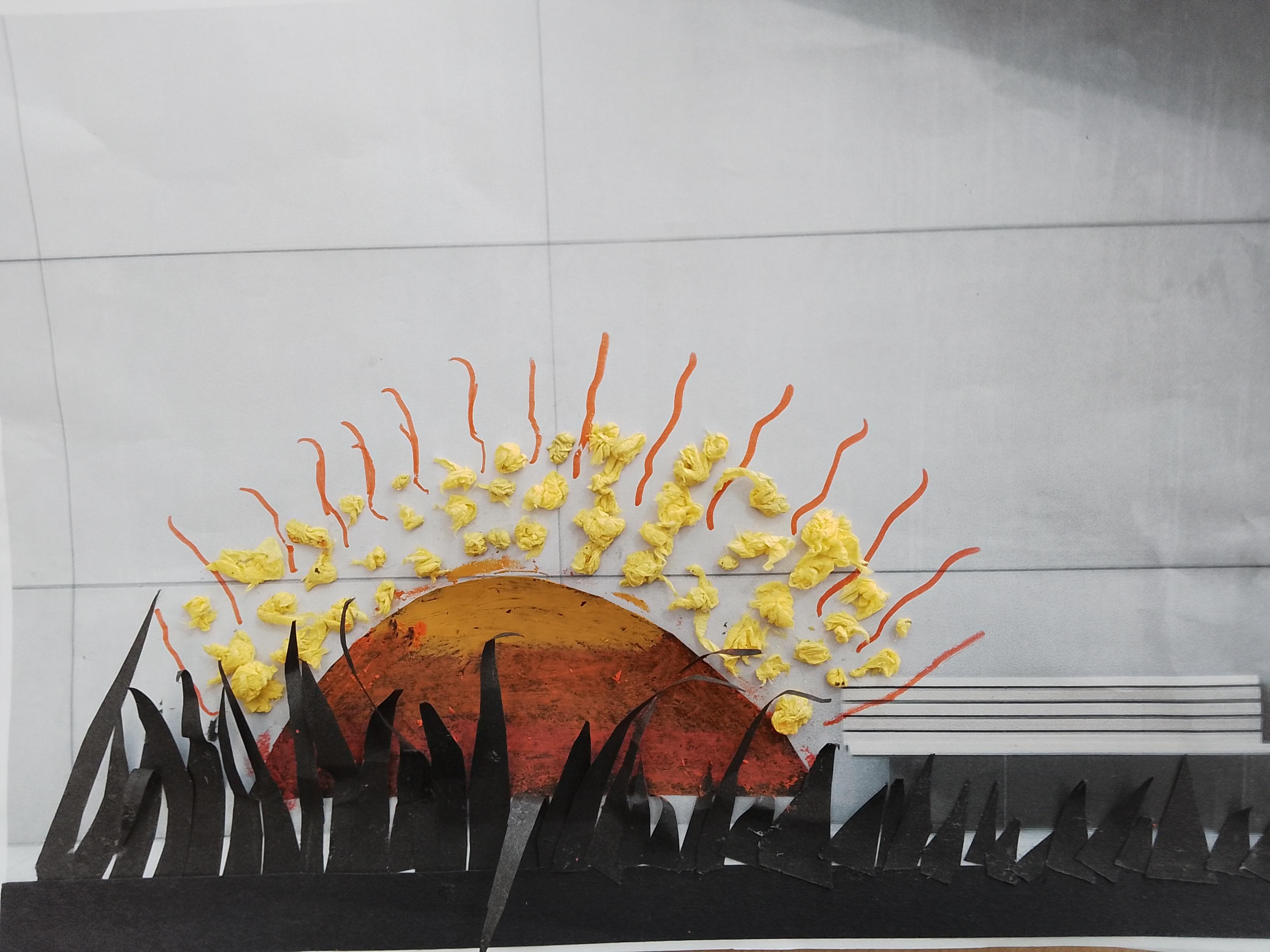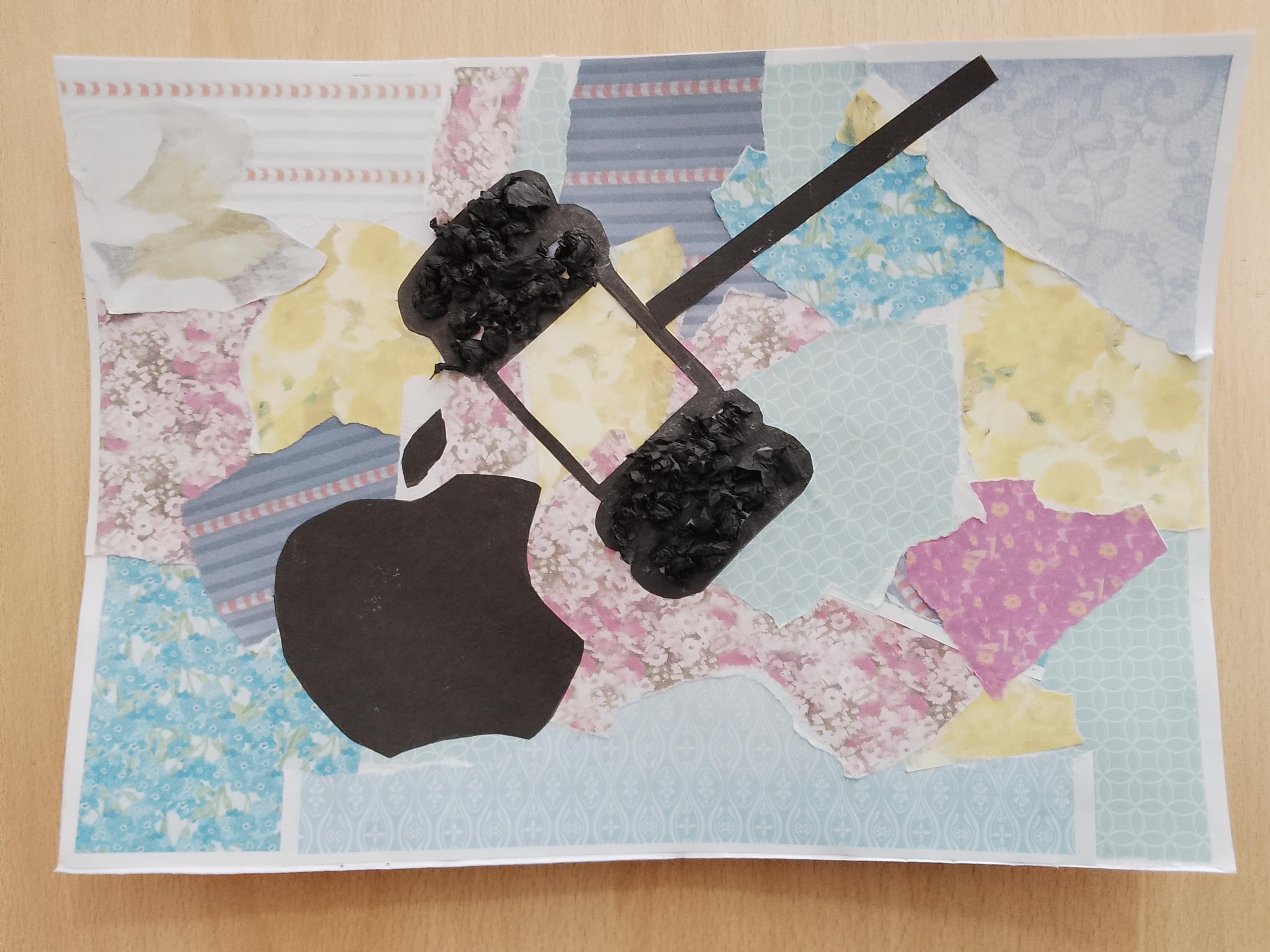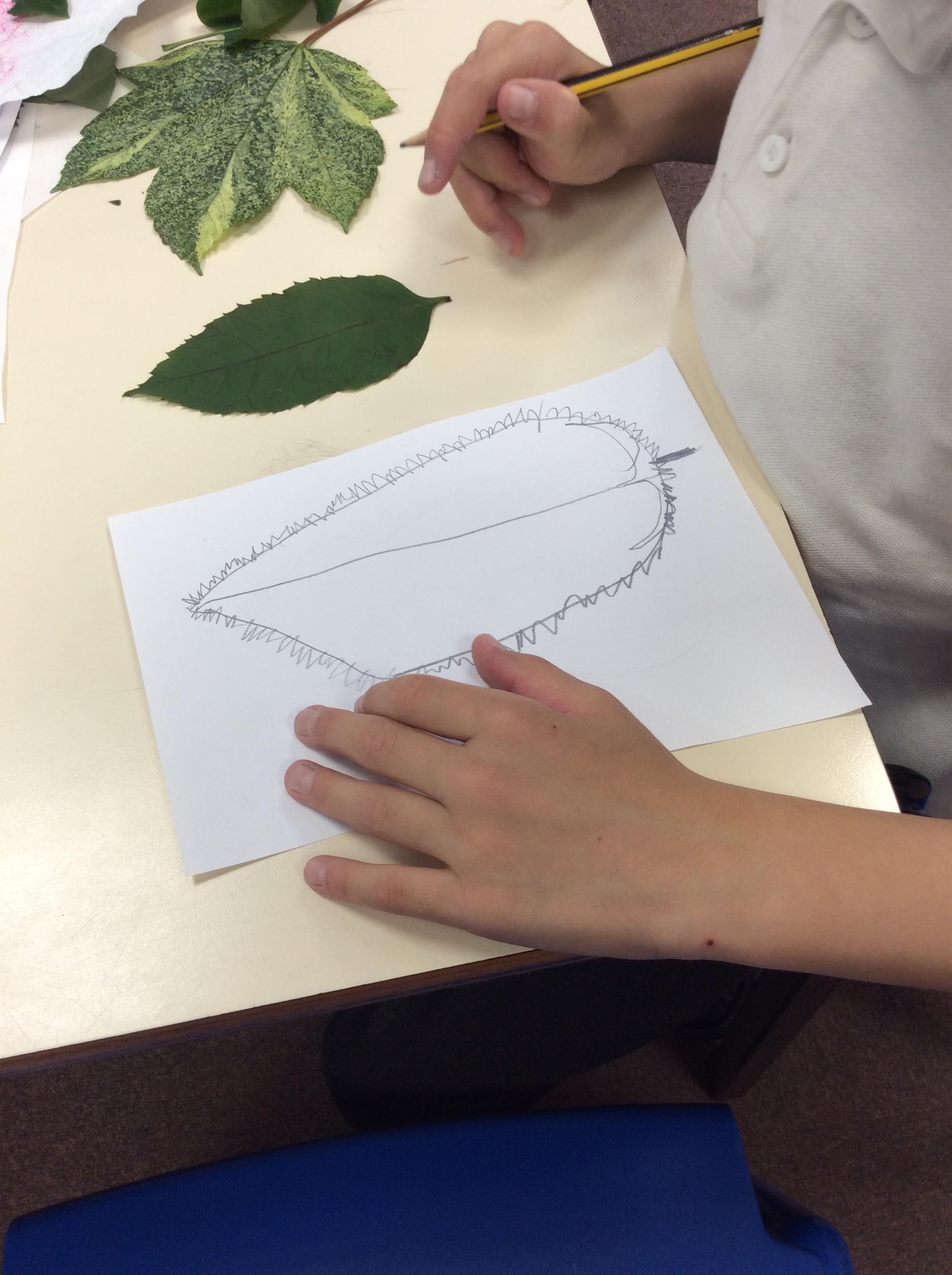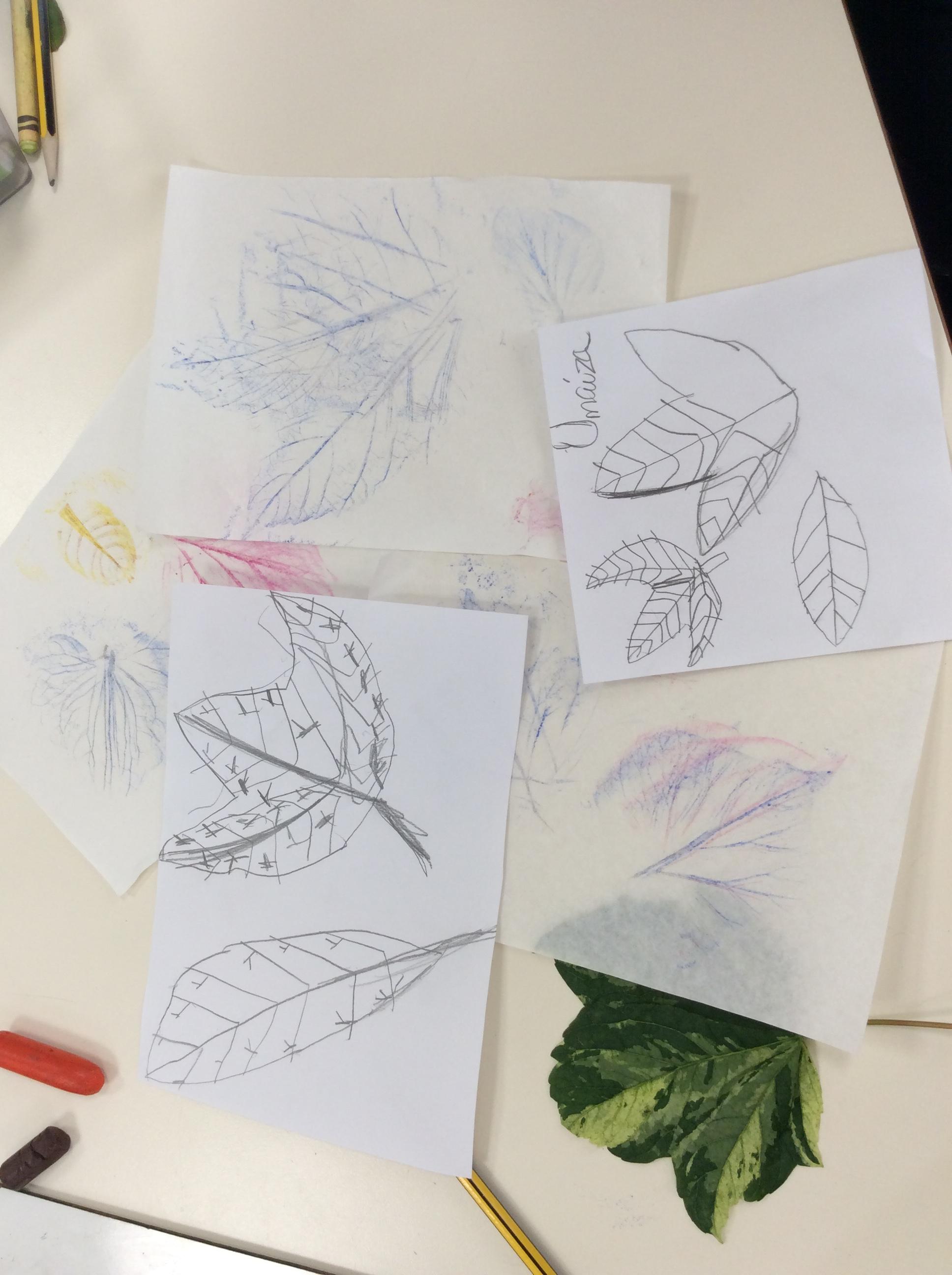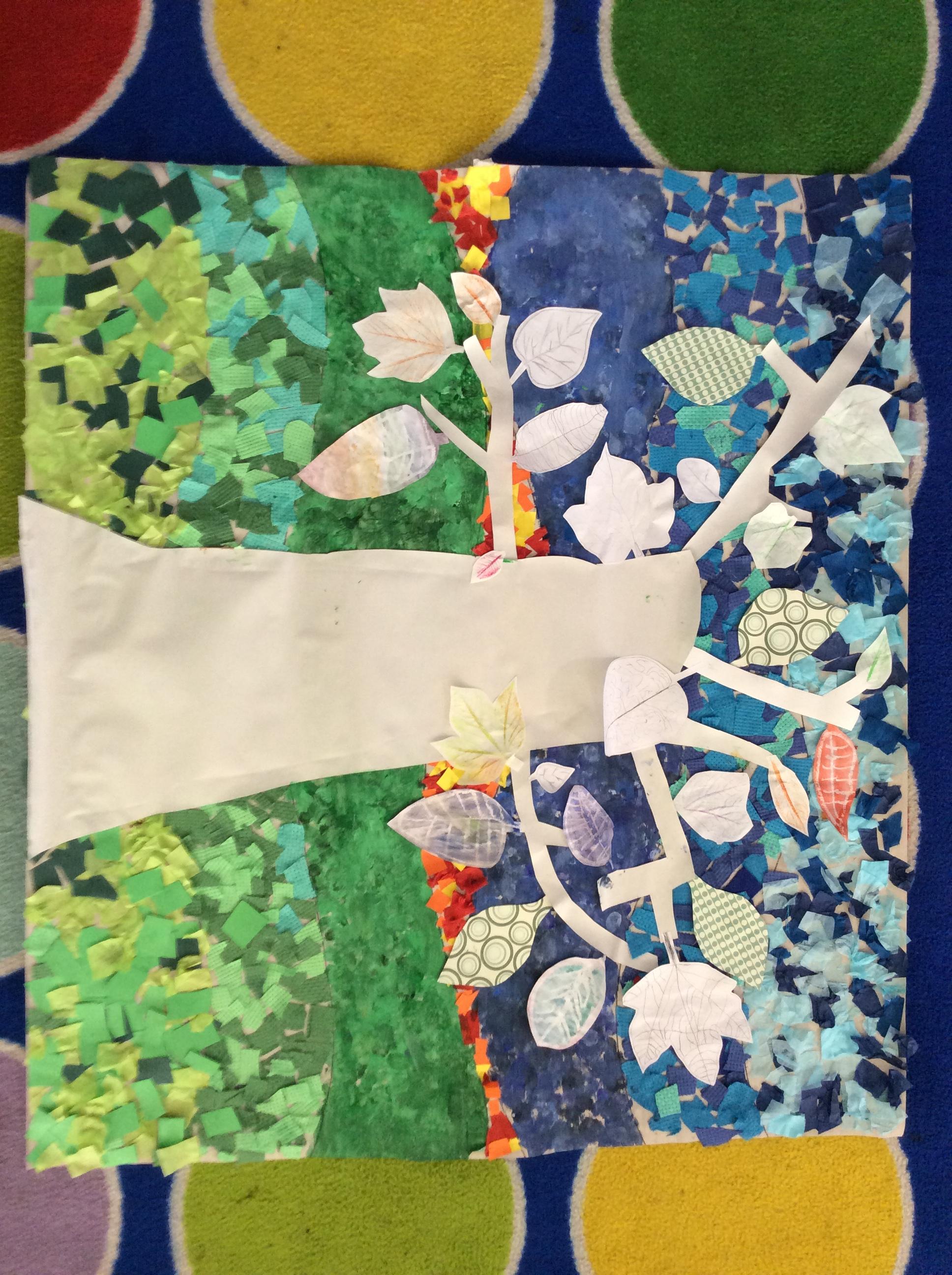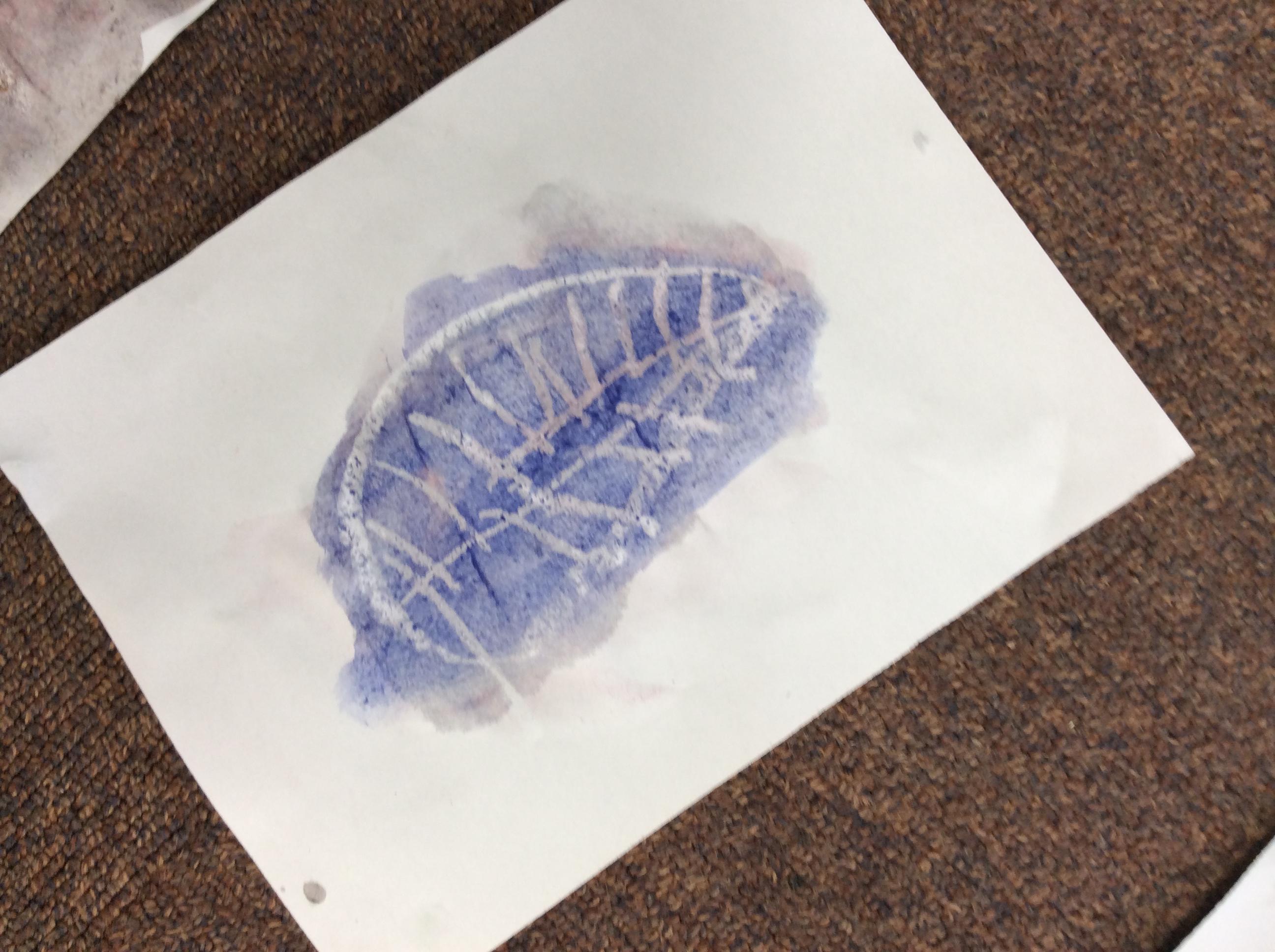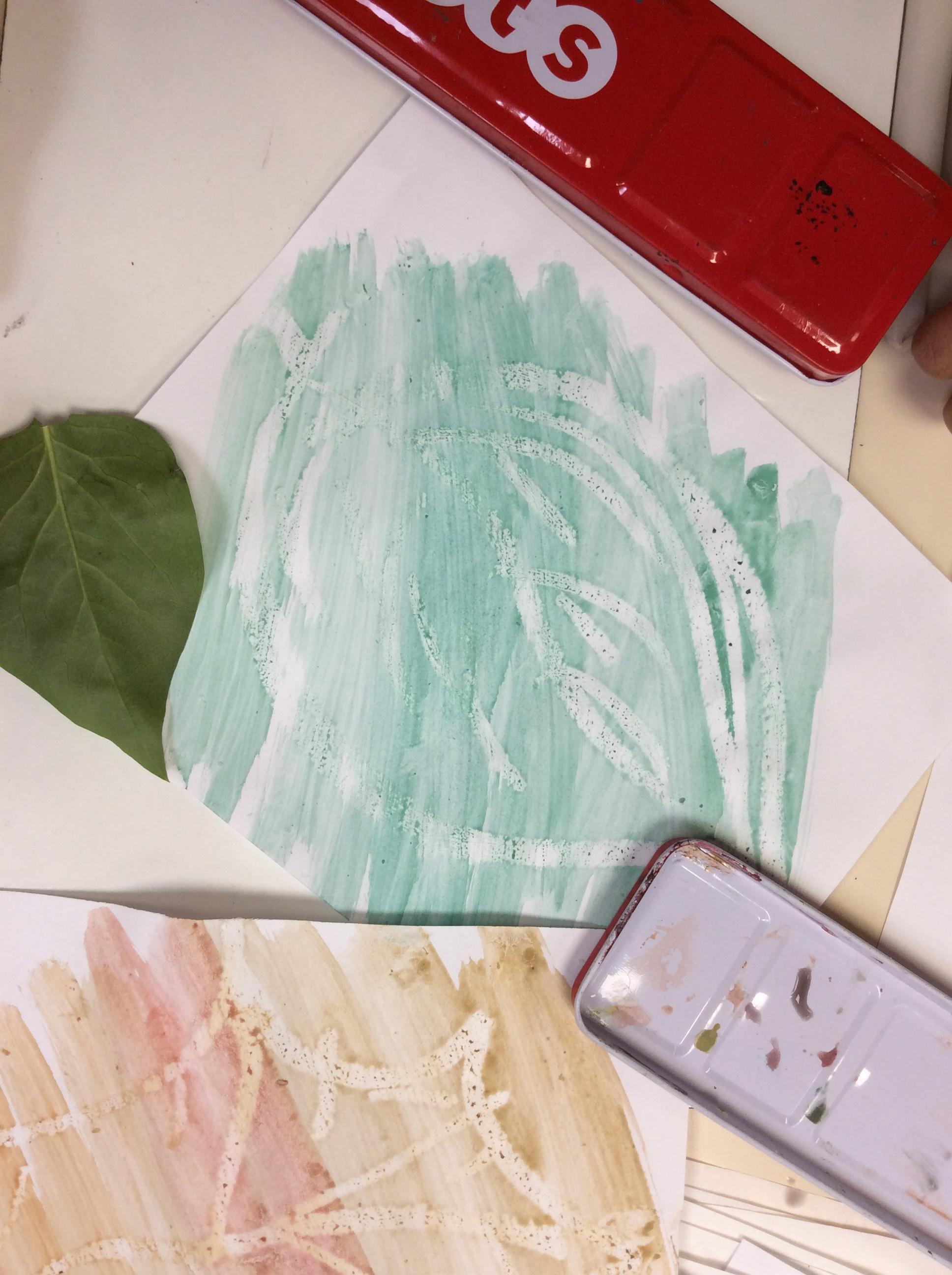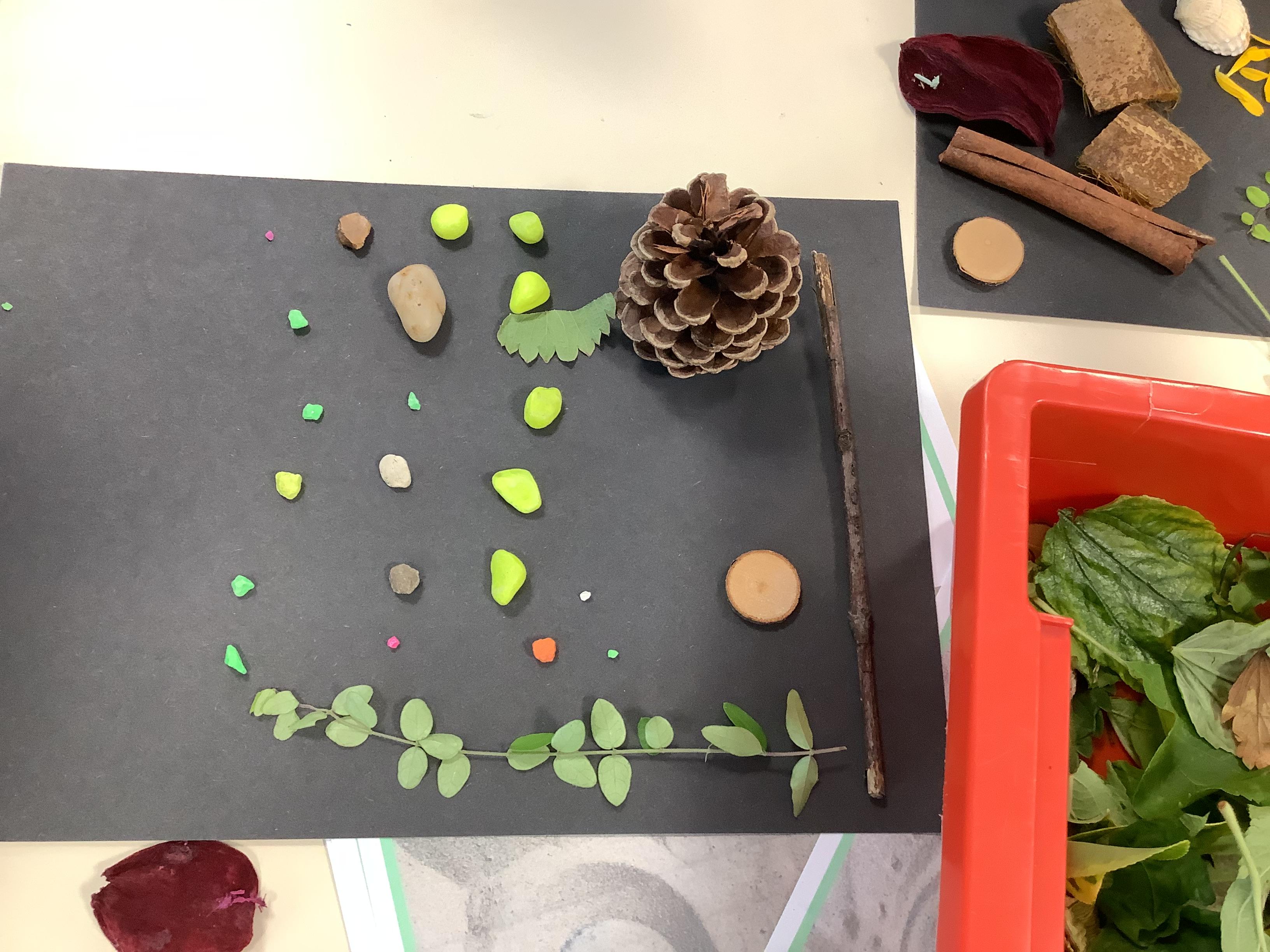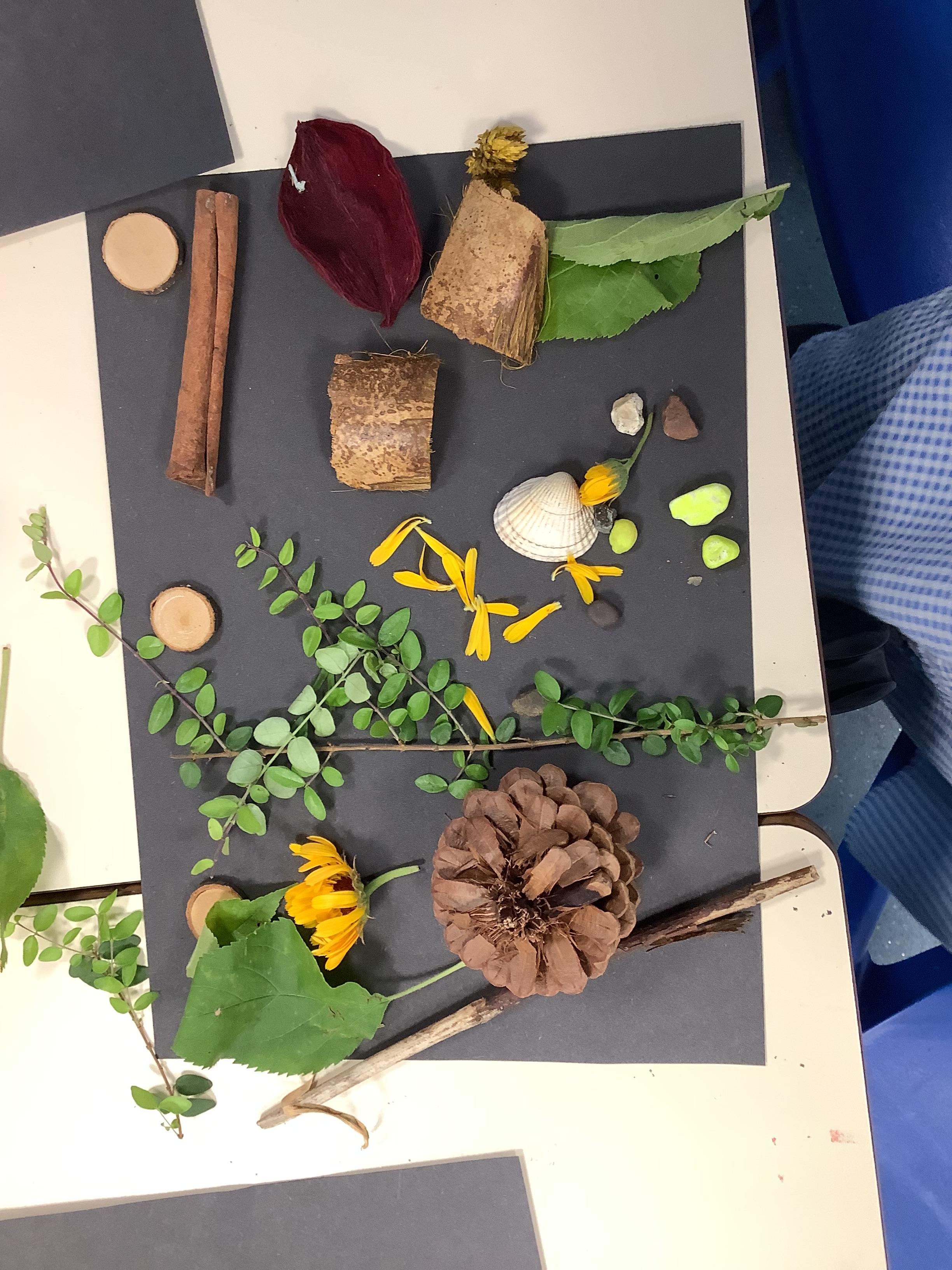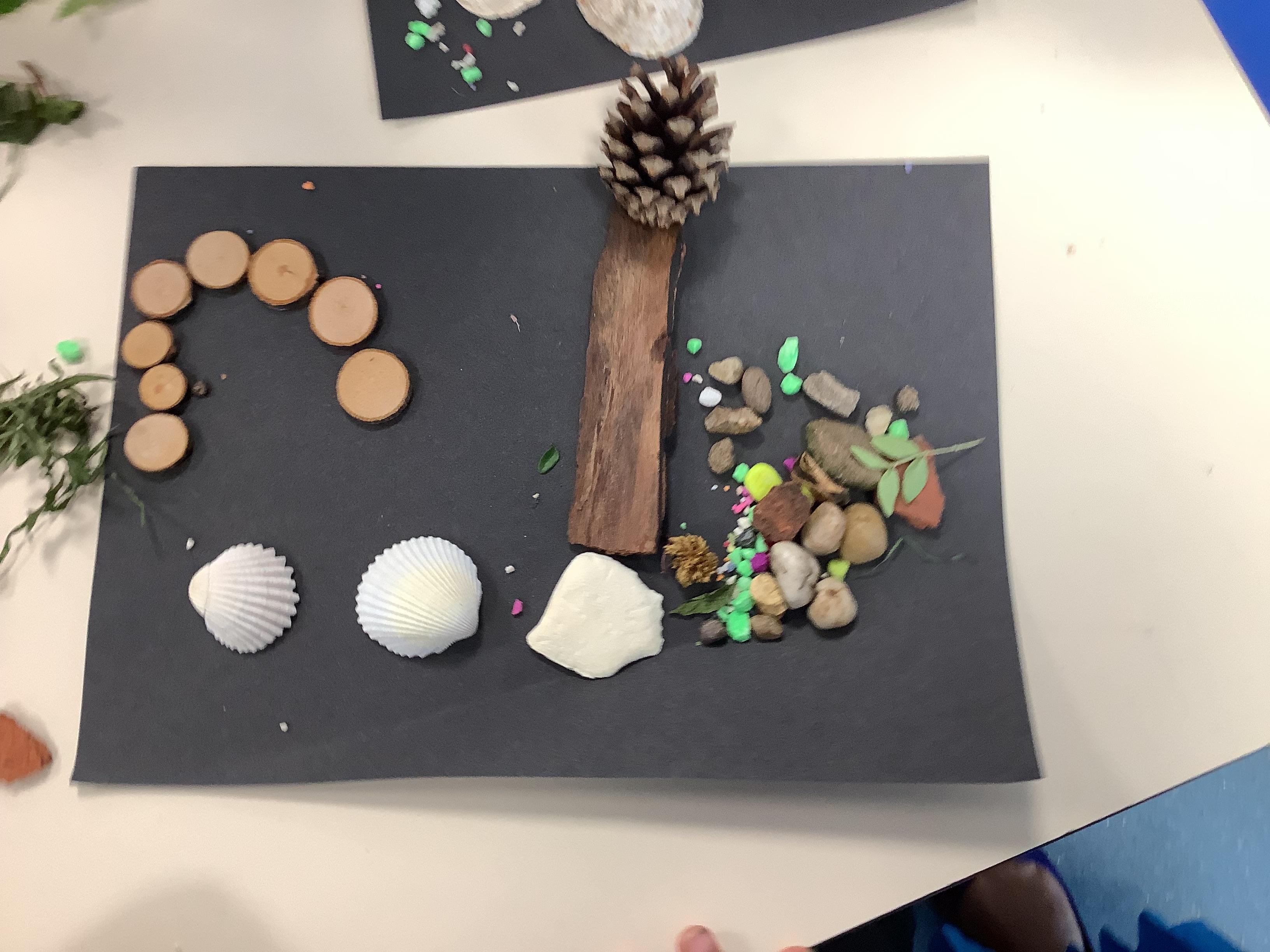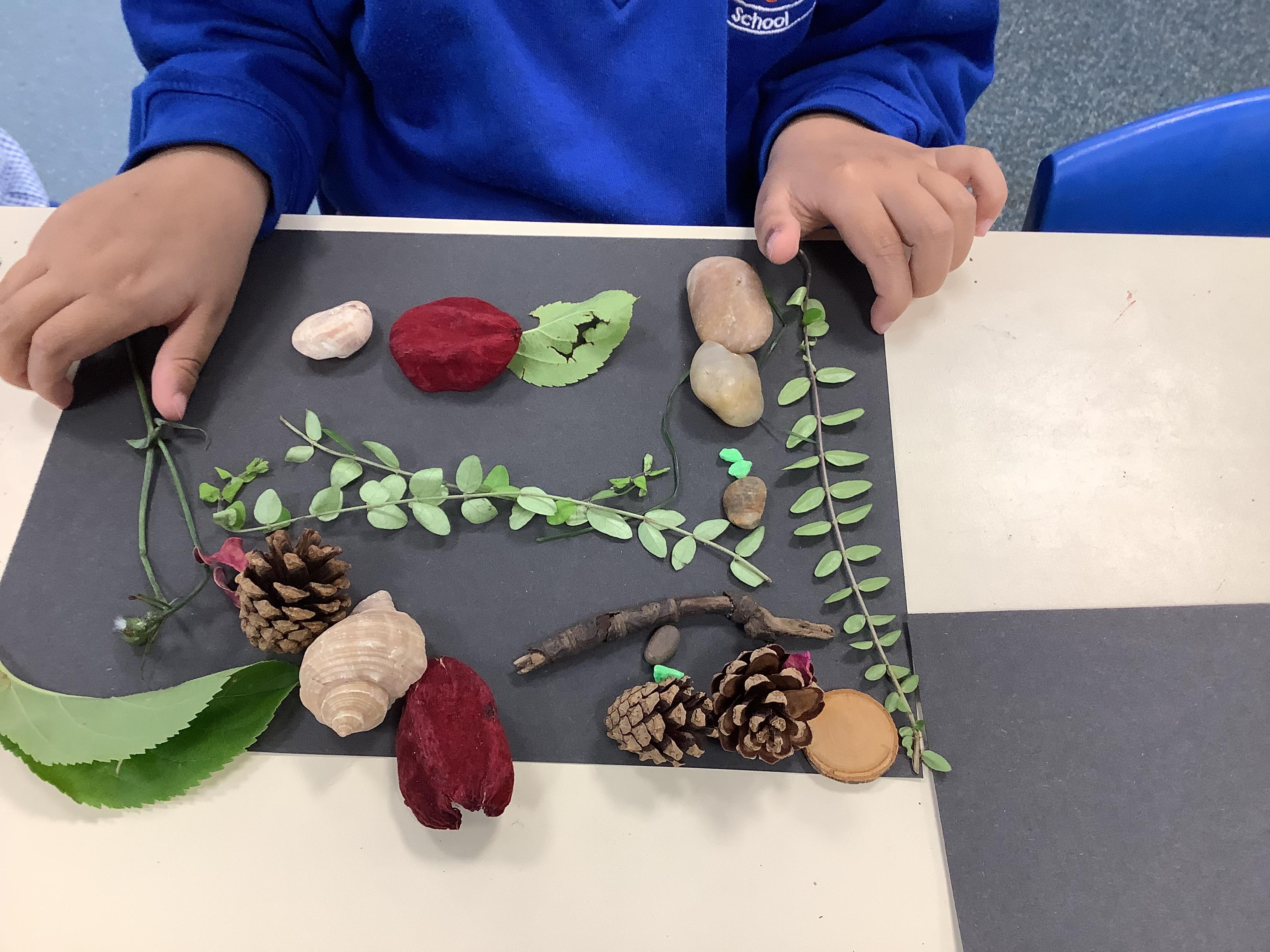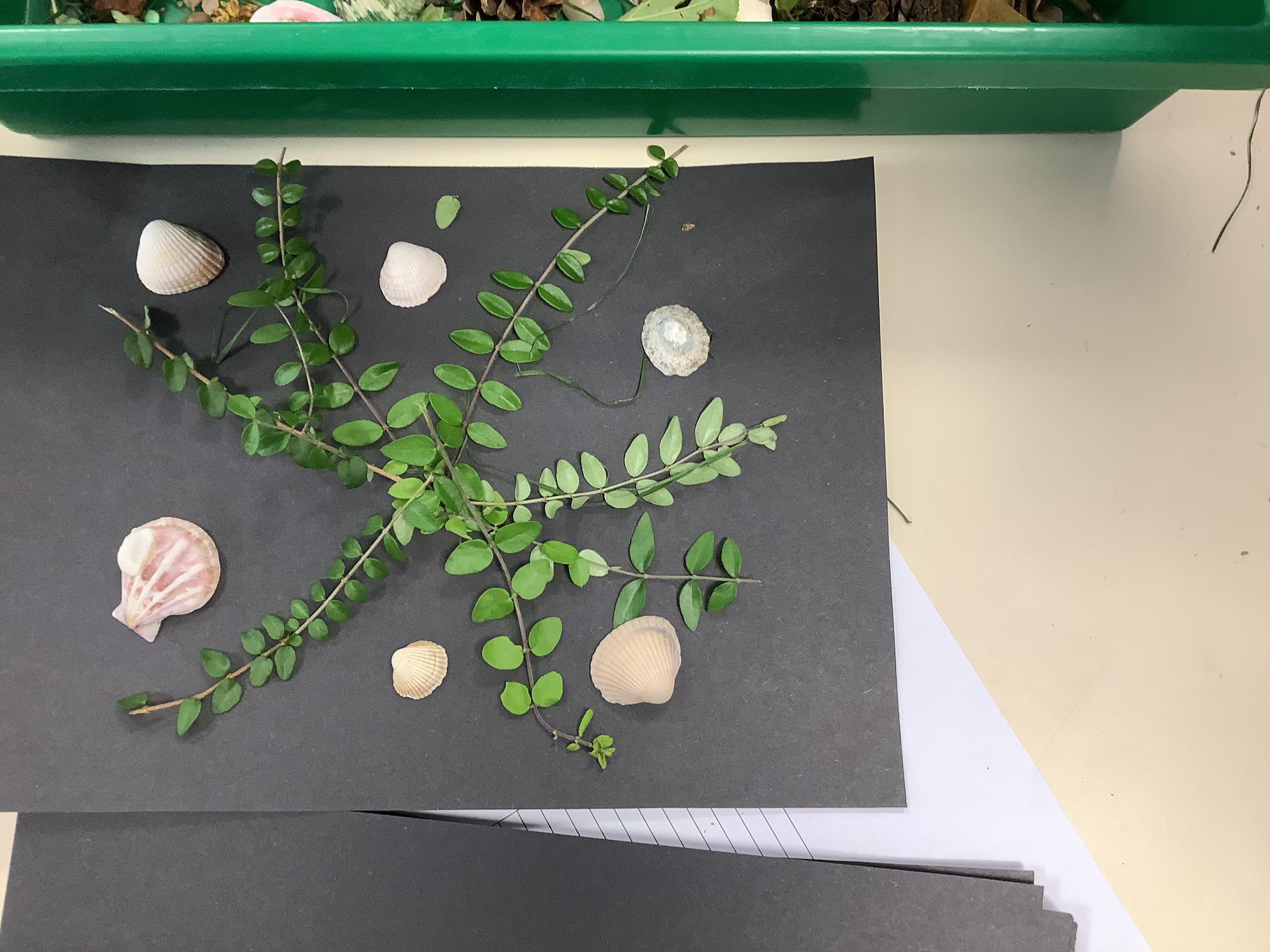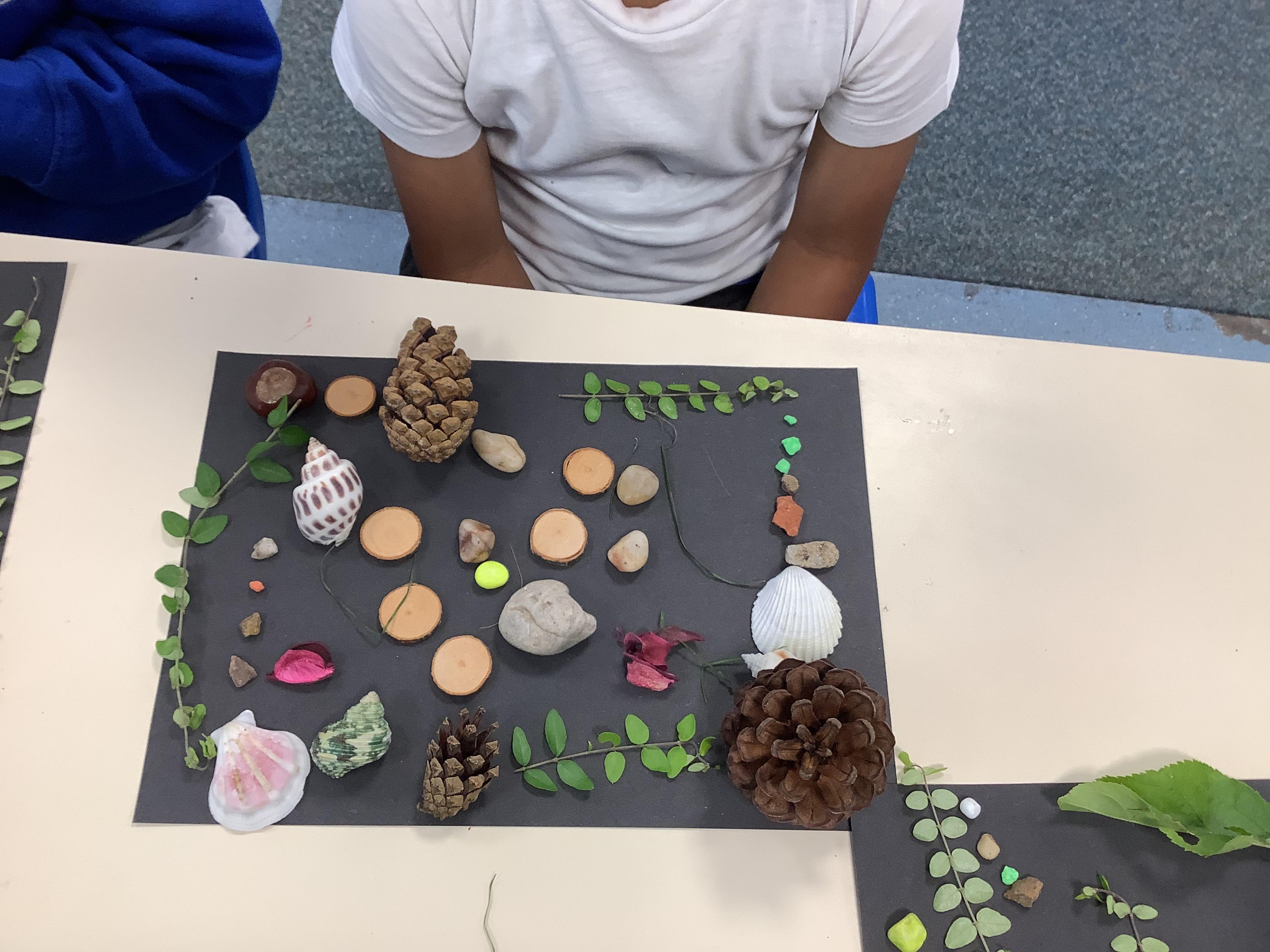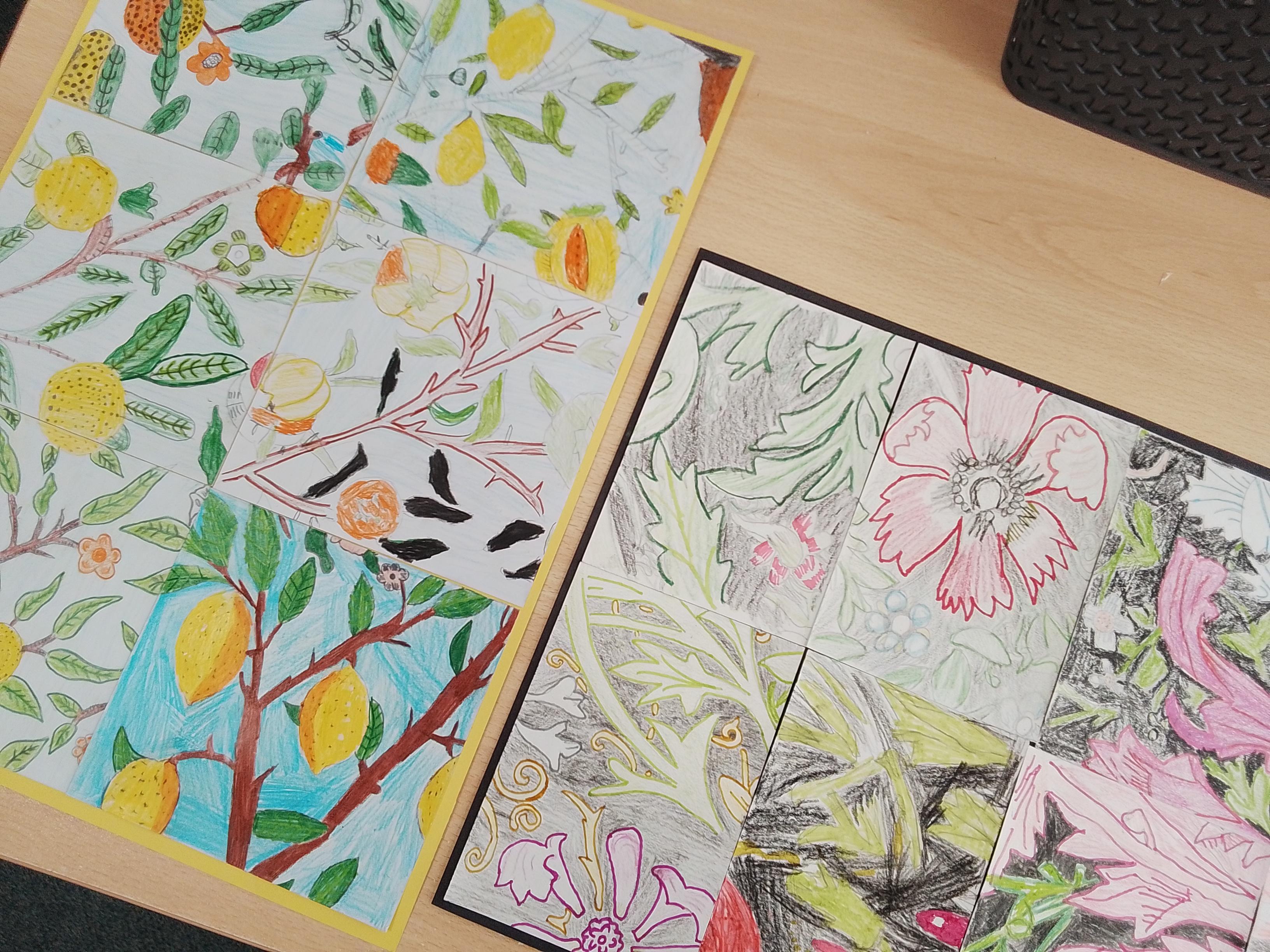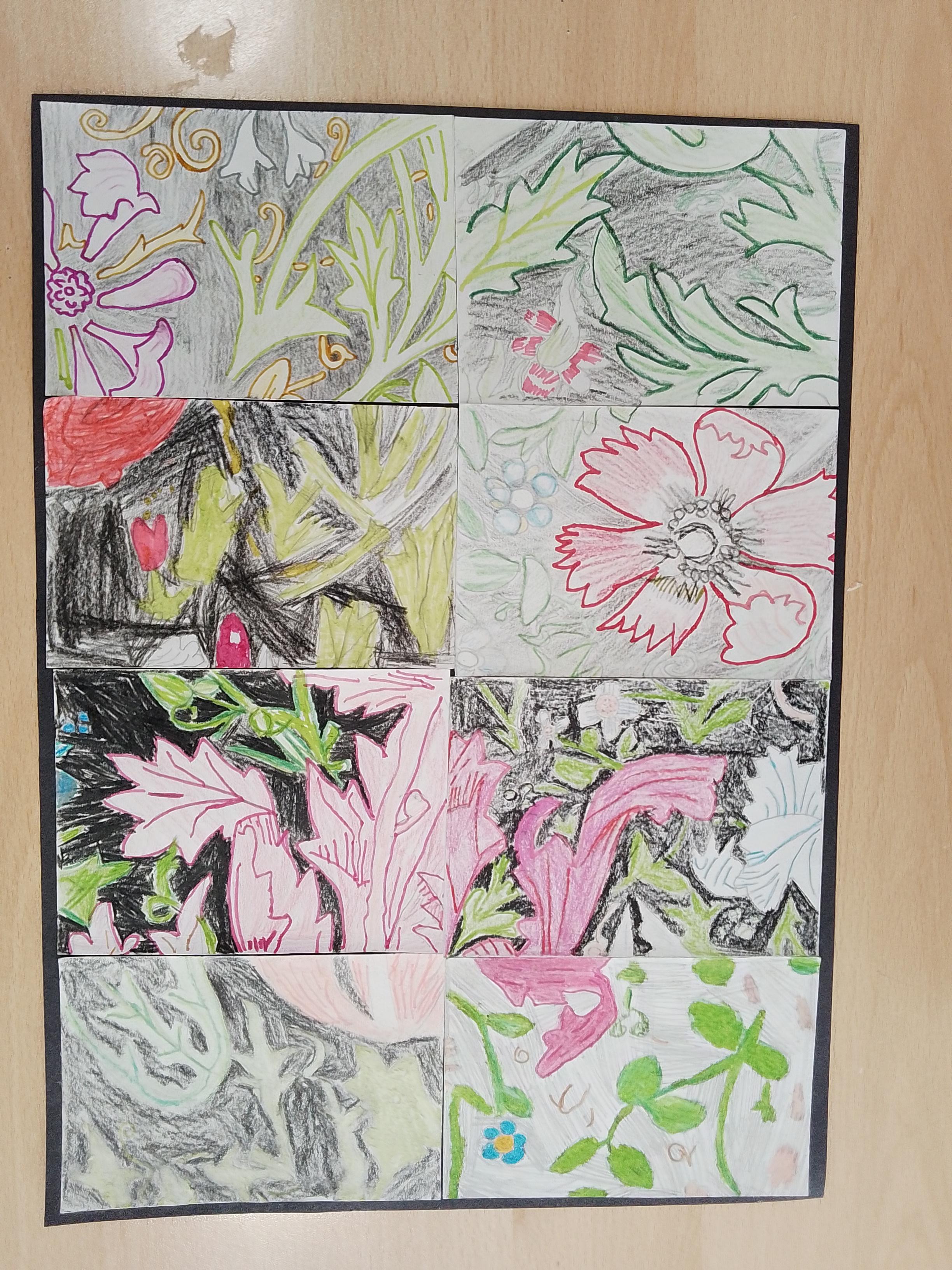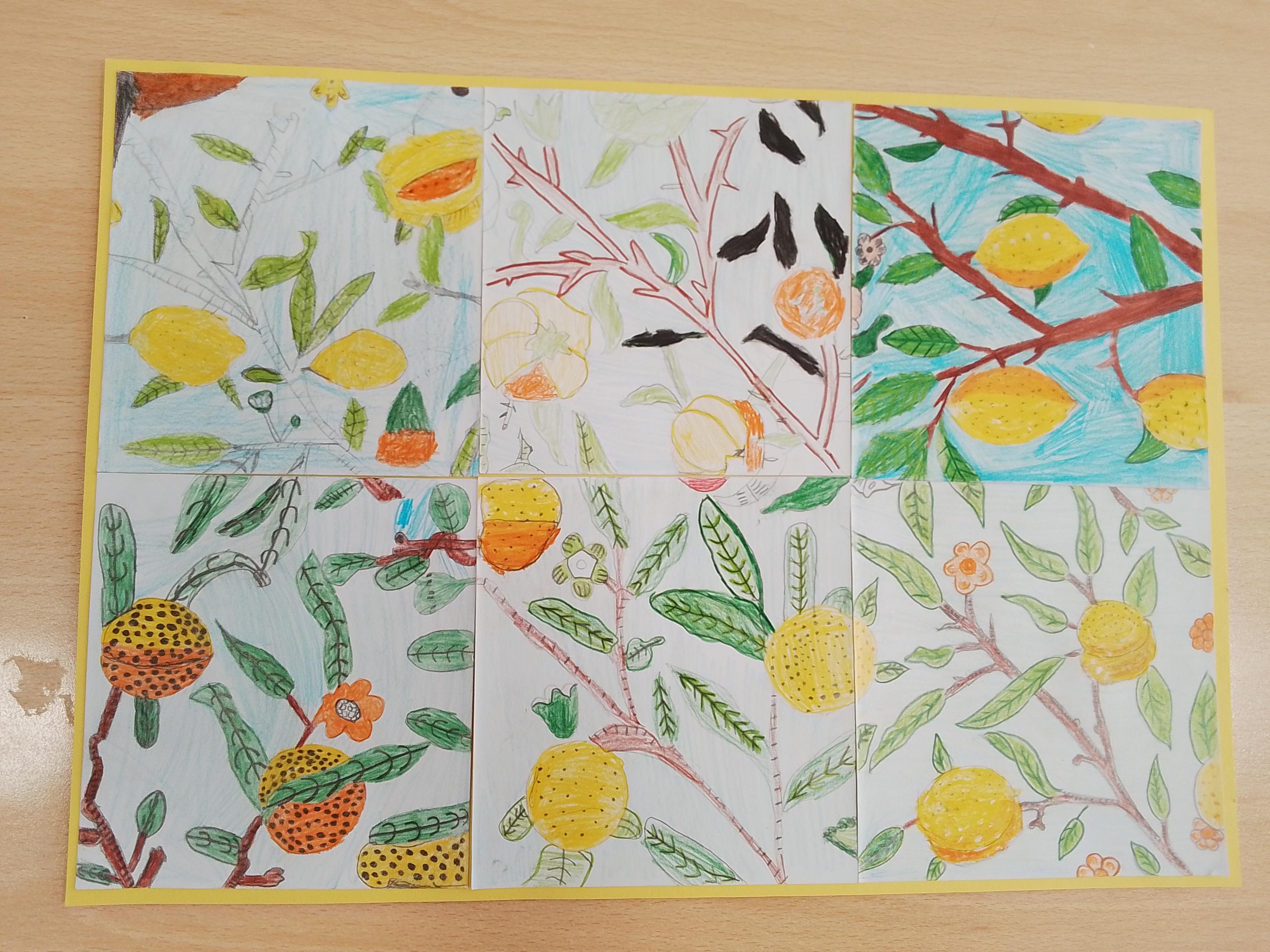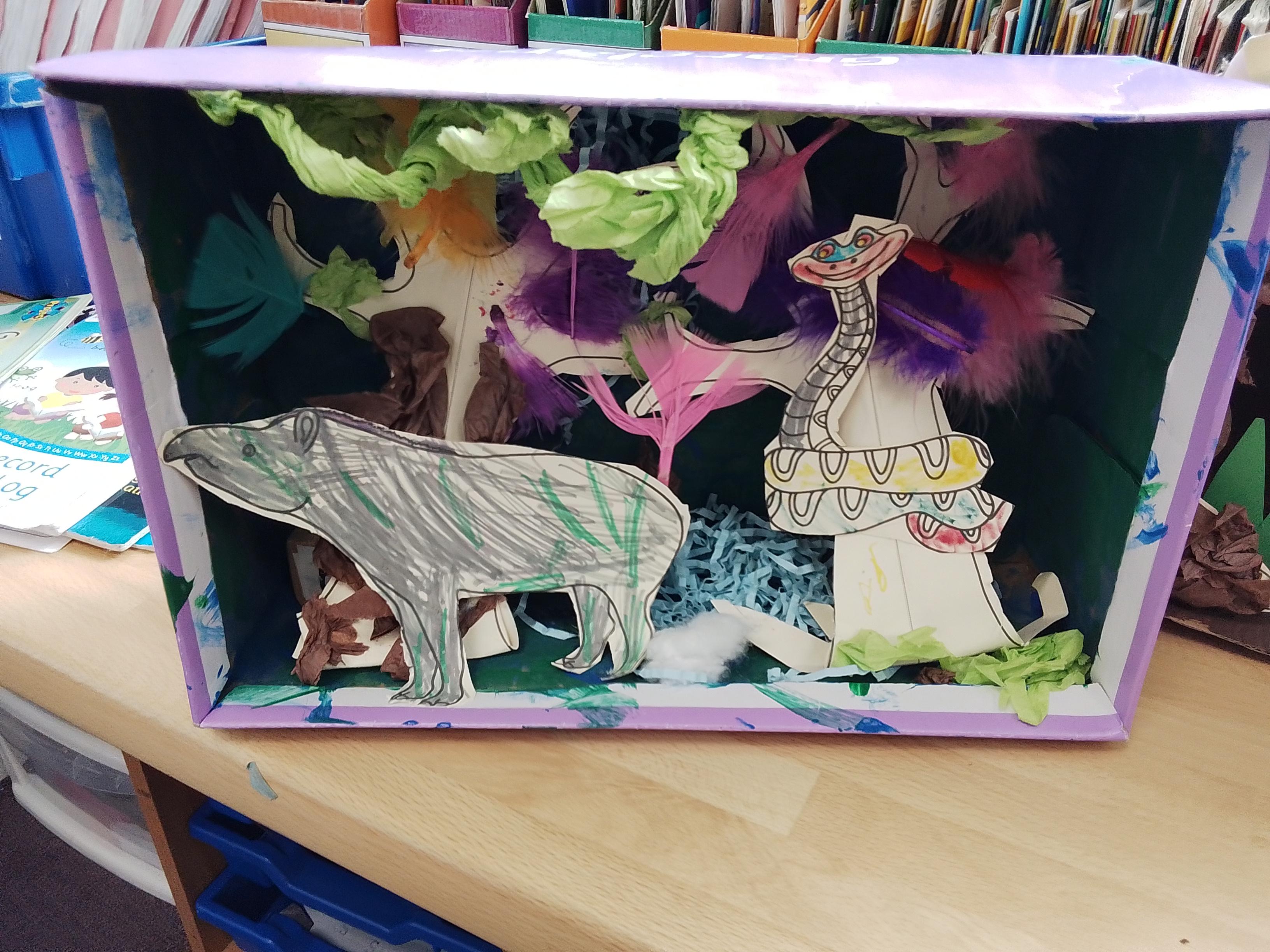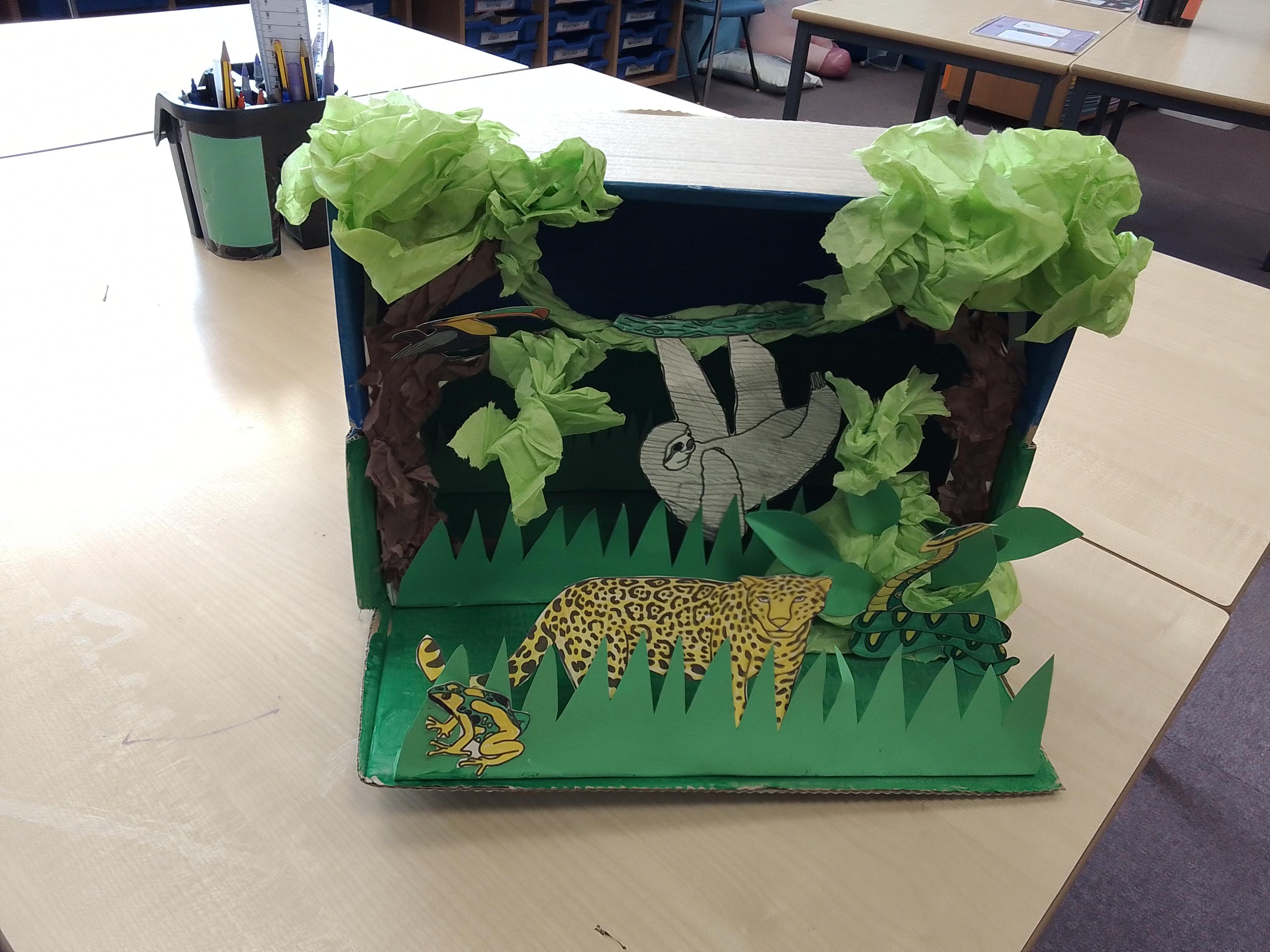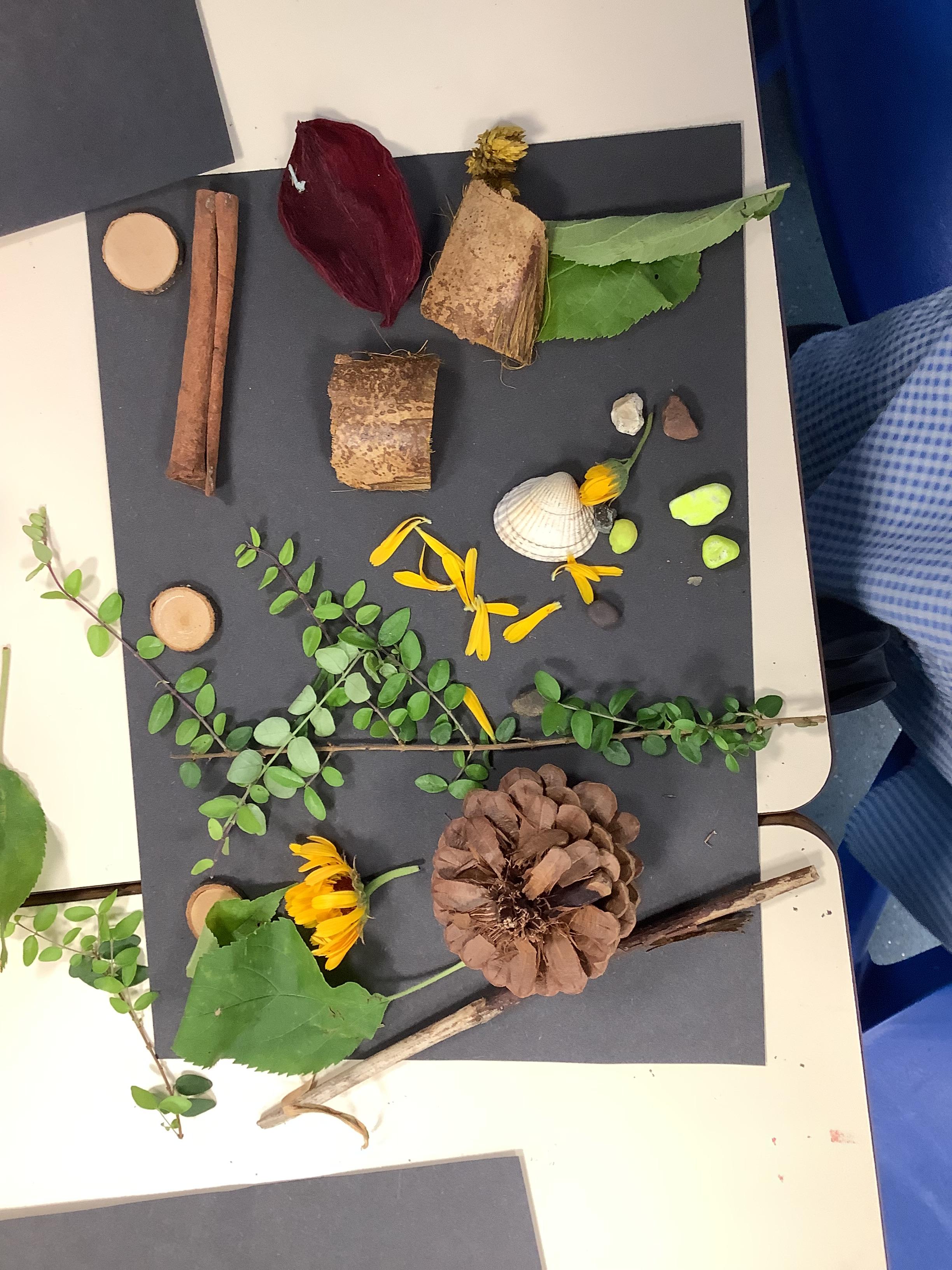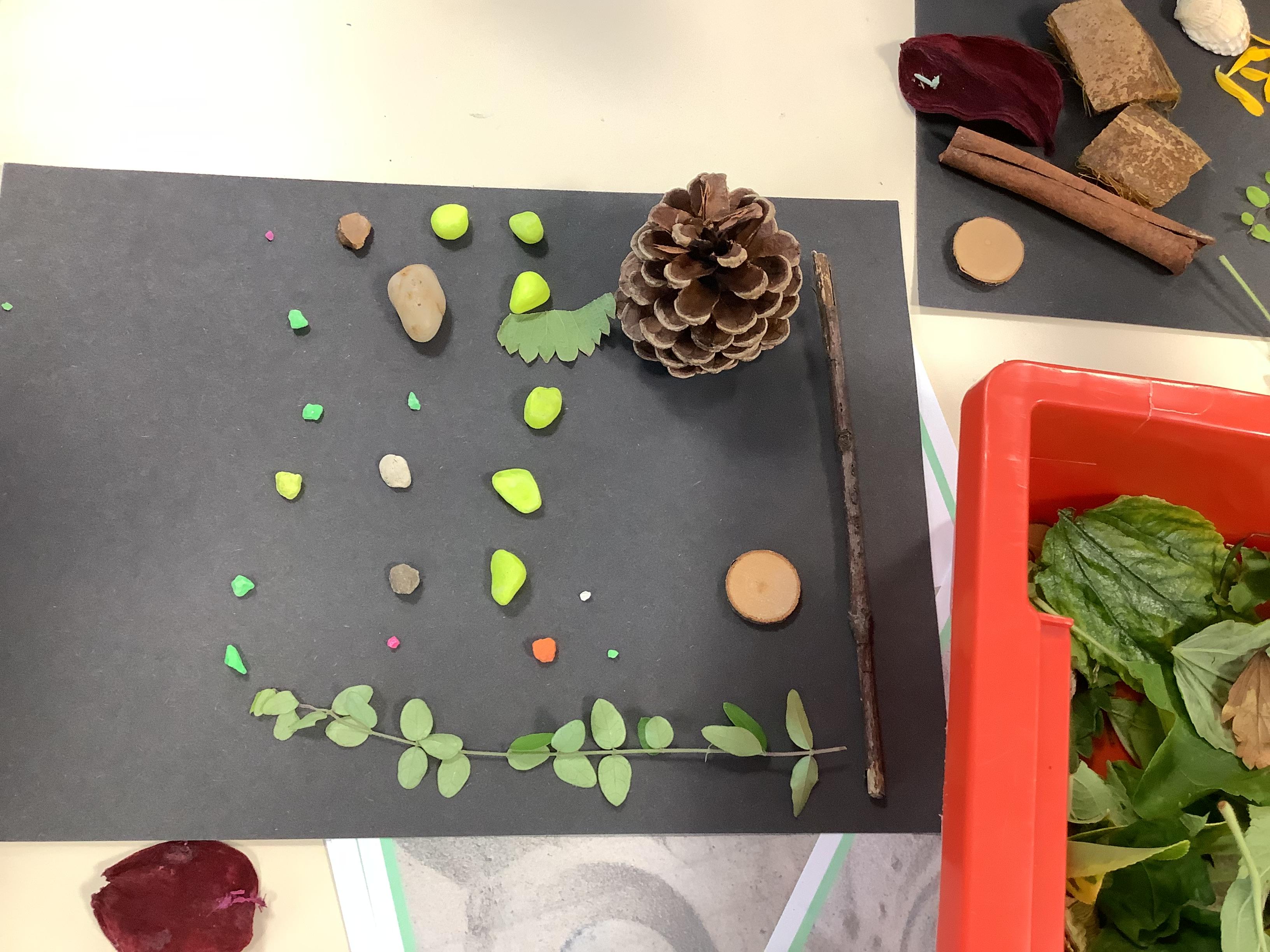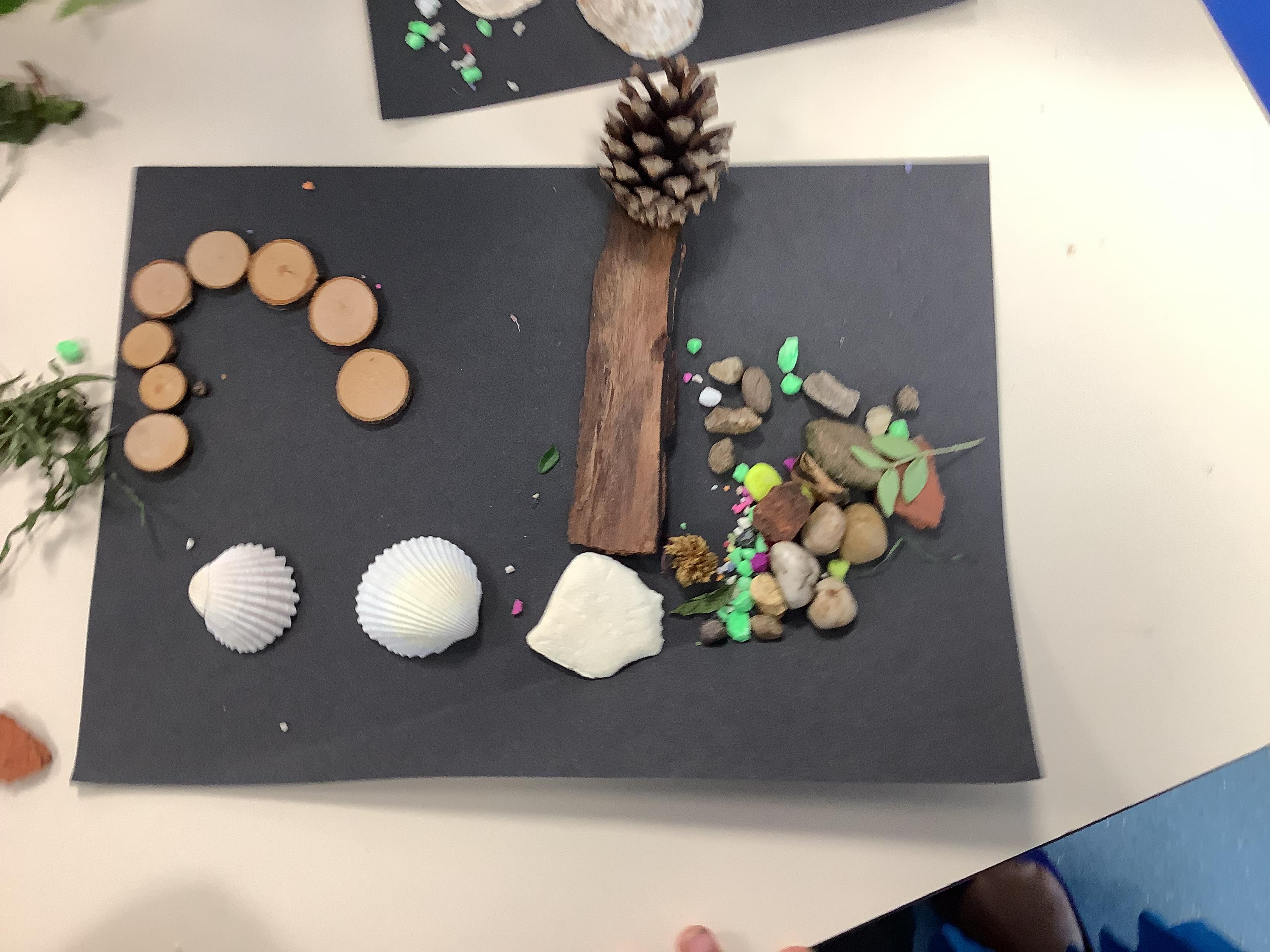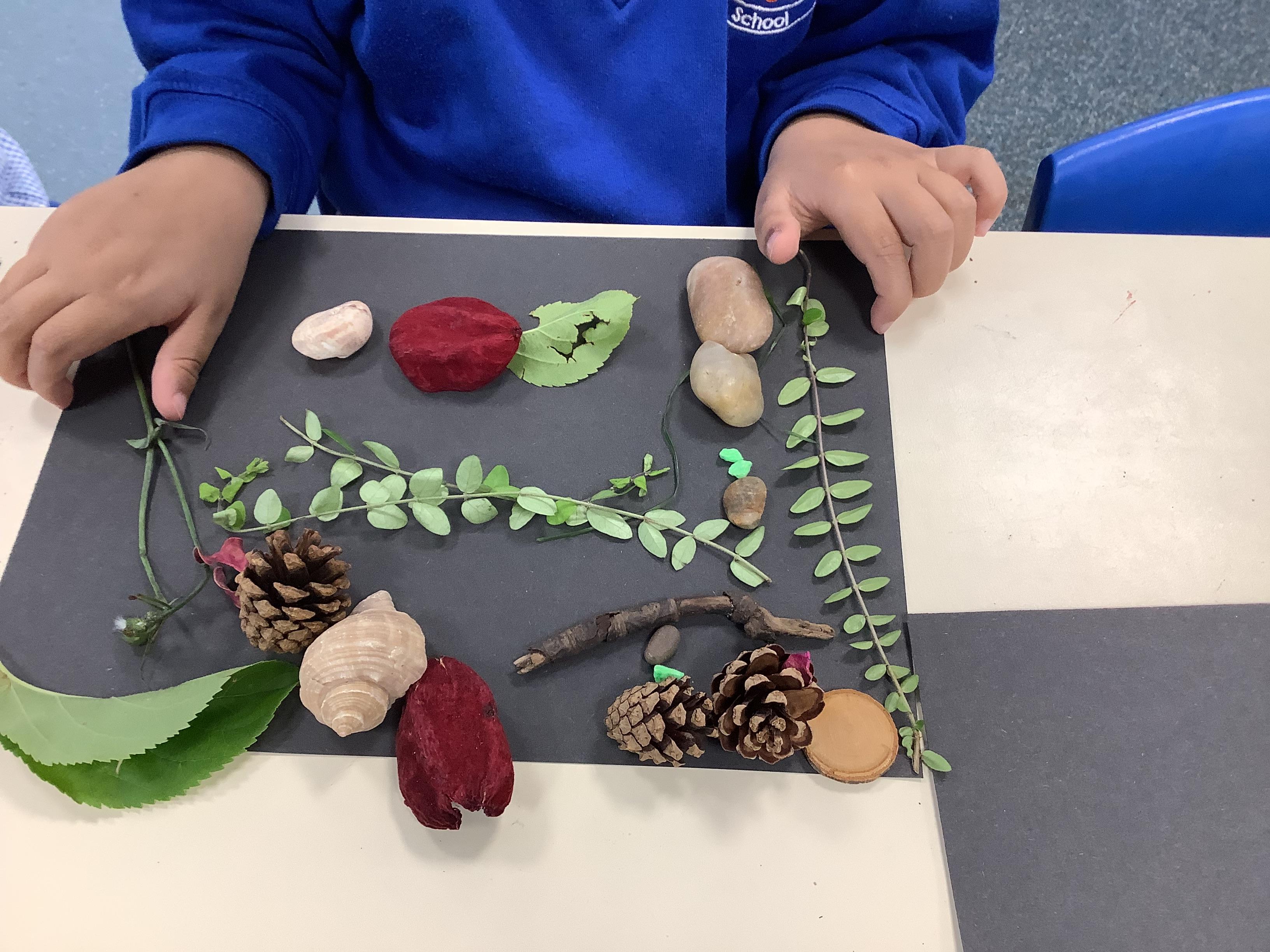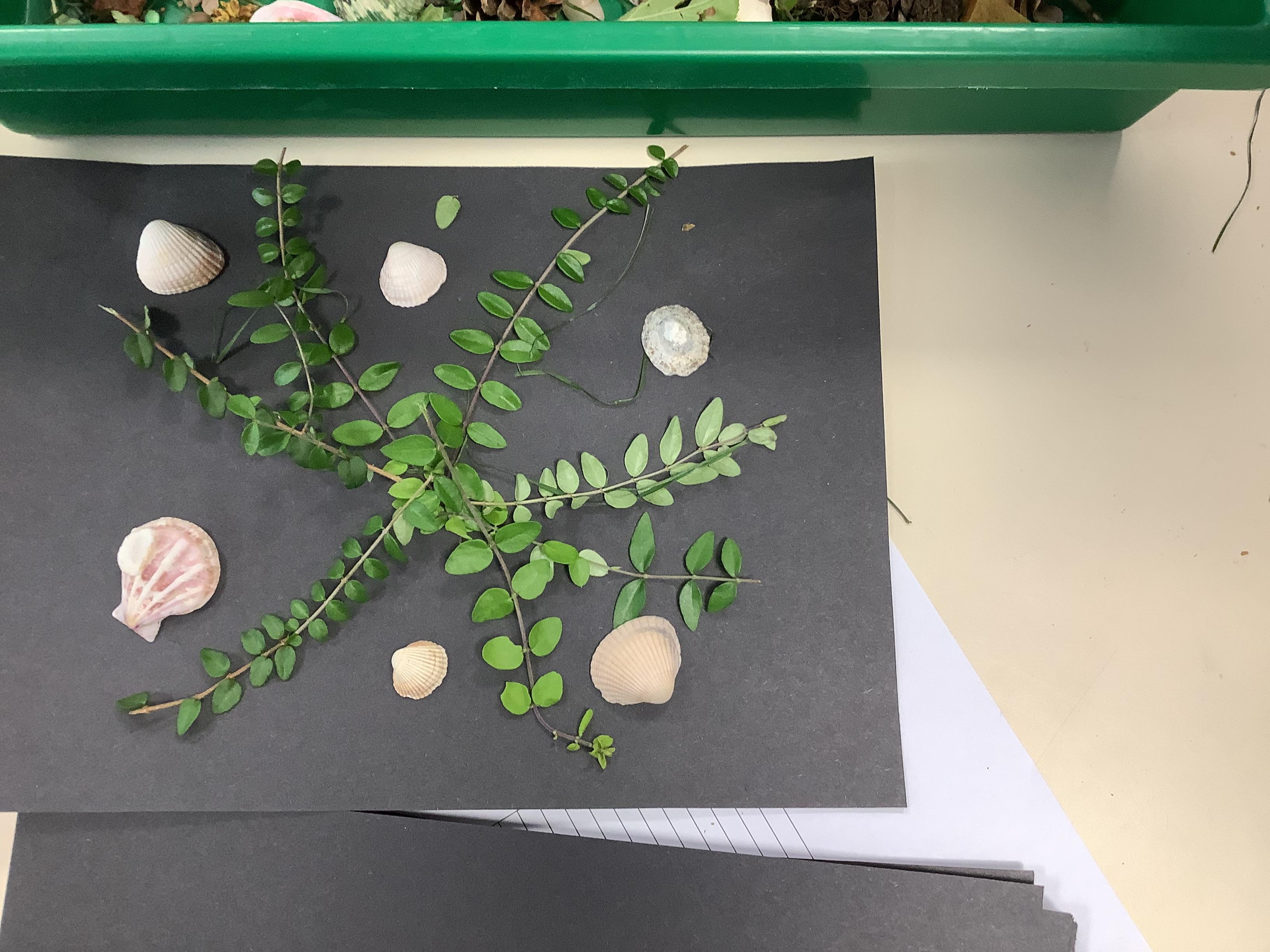Art and Design
Art, craft and design embody some of the highest forms of human creativity. A high-quality art and design education should engage, inspire and challenge pupils, equipping them with the knowledge and skills to experiment, invent and create their own works of art, craft and design. As pupils progress, they should be able to think critically and develop a more rigorous understanding of art and design. They should also know how art and design both reflect and shape our history, and contribute to the culture, creativity and wealth of our nation. (National Curriculum 2014)
At Foxdell Primary School our Art and Design curriculum supports our vision of delivering a broad and balanced curriculum. We believe that Art and design should be creative, imaginative and fully inclusive to every child at our school. Our high-quality Art and Design curriculum aims to engage, inspire and challenge pupils. It provides visual, tactile and sensory experiences and a way of understanding and responding to the world.
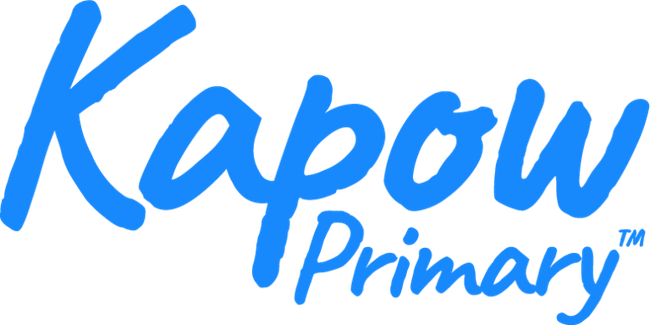
In KS1 and KS2, we follow the ‘Kapow Primary’ scheme of work. Kapow Primary’s Art and design scheme of work is an Artmark accredited scheme. It supports pupils to meet the National curriculum end of key stage attainment targets and has been written to fully cover the National Society for Education in Art and Design’s progression competencies.
The Kapow Art scheme of work is designed with five strands that run throughout the curriculum. These are:
- Making skills
- Formal elements (line, shape, tone, texture, pattern, colour)
- Knowledge of artists
- Evaluating
Through Kapow Primary’s Art and Design scheme of work, these strands are revisited in every unit. In our Art and design skills and our Formal elements of art units, pupils have the opportunity to learn and practise skills discretely. The knowledge and skills from these units are then applied throughout the other units in the scheme. Key skills are revisited again and again with increasing complexity in a spiral curriculum model. This allows pupils to revise and build on their previous learning.
Kapow Primary’s Art and design curriculum develops pupil’s knowledge and understanding of key artists and art movements through the ‘Every picture tells a story’ units and links to artists through practical work. The units fully scaffold and support essential and age-appropriate sequenced learning.
Creativity and independent outcomes are robustly embedded into the units, supporting pupils in learning how to make their own creative choices and decisions, so that their art outcomes, whilst still being knowledge-rich, are unique to the pupil and personal.
Lessons are always practical in nature and encourage experimental and exploratory learning with Key Stage 2 pupils using sketchbooks to document their ideas.
Knowledge organisers for each unit support pupils in building a foundation of factual knowledge by encouraging recall of key facts and vocabulary.
Our Curriculum Overview (below) shows which of our units cover each of the National curriculum attainment targets as well as each of the strands.
Our Progression of Skills (below) shows the skills that are taught within each year group and how these skills develop to ensure that attainment targets are securely met by the end of each key stage.
In every year group at the end of each term, we make a summative judgement about the achievement of each pupil. This process requires teachers to decide upon a ‘best fit’ judgement as to whether the pupil has achieved and embedded the expected learning goals, exceeded expectations or is still working towards the goals. These decisions are based on the professional knowledge and judgement that teachers possess about the progress of each pupil, developed over the previous three terms, which allows an informed and holistic judgement of attainment to be made. Achievement against the learning goals for Art and Design at the end of the year is used as the basis of reporting progress to parents.
Reception follow their own framework for Early Years Foundation Stage and plan their curriculum for Expressive arts and design which involves enabling children to explore and play with a wide range of media and materials, as well as providing opportunities and encouragement for sharing their thoughts, ideas and feelings through a variety of activities in art, music, movement, dance, role-play, and design and technology. They also take into account the Art Skills progression for Reception.
